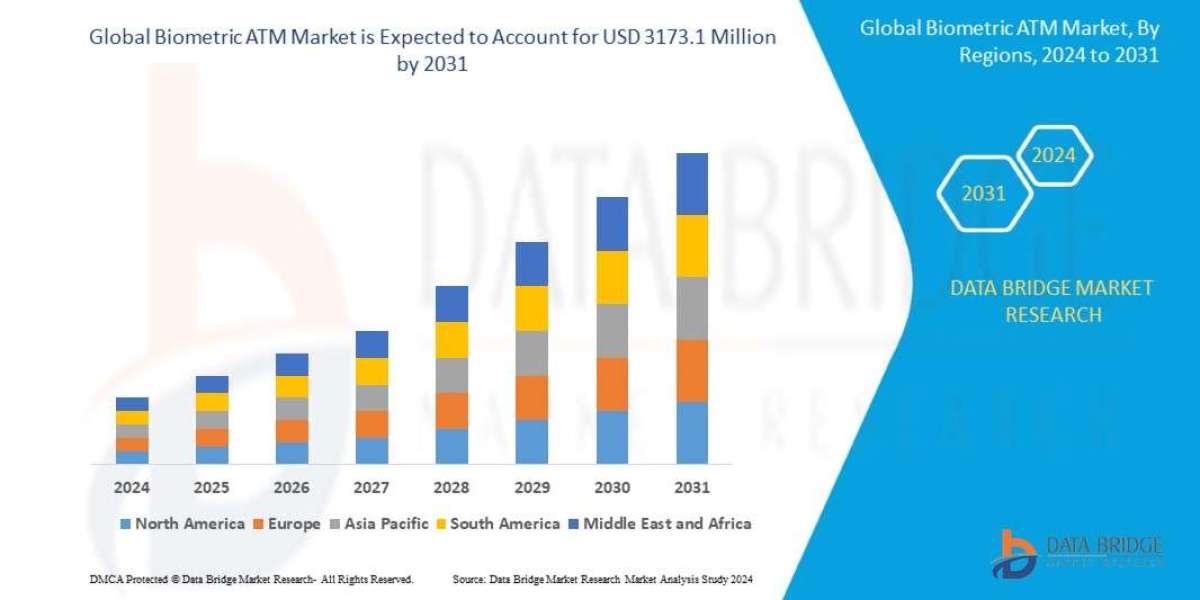As cryptocurrency mining becomes more competitive, knowing how to calculate mining profitability accurately is essential for any miner—whether you're just starting or managing a full-scale operation. Mining is not just about plugging in hardware and hoping for the best. It requires detailed analysis of multiple variables, and the most effective way to assess profitability is by using real, live data.
In this blog, we’ll walk through actual examples to demonstrate how to calculate mining profitability, explore the key metrics involved, and provide a practical approach that can help you make smarter mining decisions.
Understanding the Basics of Mining Profitability
Before starting, let’s review the main elements that influence mining profitability and how they come together when you calculate mining profitability:
Hashrate: The speed at which your machine can solve cryptographic puzzles.
Network Difficulty: A dynamic measure of how hard it is to mine a block.
Block Reward: The amount of cryptocurrency awarded for successfully mining a block.
Electricity Cost: One of the most significant ongoing expenses for any miner.
Power Consumption: The amount of energy your hardware uses (measured in watts).
Hardware Efficiency: The ratio of hashrate to power usage.
Pool Fees: If you're mining with a pool, a small percentage may be taken as a fee.
Market Price: The current value of the cryptocurrency being mined.
These variables change frequently, so it’s crucial to use live data when calculating profitability.
Step-by-Step: How to Calculate Mining Profitability
Let’s go through an example to see how all these factors come together.
Step 1: Collect Live Data
For this example, assume the following real-time metrics:
Hashrate: 100 TH/s (terahashes per second)
Power Consumption: 3,000 watts (3 kW)
Electricity Rate: $0.12 per kWh
Network Difficulty: 85T
Block Reward: 3.125 BTC
Bitcoin Price: $65,000
Pool Fees: 1%
Step 2: Calculate Daily Energy Cost
Daily energy cost = Power (kW) × Electricity Rate × 24 hours
= 3 kW × $0.12 × 24
= $8.64 per day
Step 3: Estimate Daily Earnings
To estimate earnings, we calculate the portion of the block reward you're likely to receive based on your share of the network’s total hashrate.
Your Share of Network Hashrate = Your Hashrate / Total Network Hashrate
Let’s assume the total network hashrate is 400 EH/s = 400,000,000 TH/s
= 100 TH/s / 400,000,000 TH/s = 0.00000025
Bitcoin generates approximately 144 blocks per day.
So, Daily BTC earned = 144 × 3.125 × 0.00000025 = 0.0001125 BTC
Now convert that to USD:
0.0001125 BTC × $65,000 = $7.31
Step 4: Subtract Pool Fees
Pool fees = 1% of earnings
$7.31 × 0.01 = $0.073
Net earnings = $7.31 - $0.073 = $7.24
Step 5: Subtract Electricity Costs
Net daily profit = $7.24 - $8.64 = - $1.40
This shows a daily loss, indicating that, based on current live data, this setup is not profitable. However, the calculations can vary drastically based on electricity costs, hashrate, or the coin’s price.
Example with Lower Electricity Rate
Now let’s consider the same setup but with a cheaper electricity rate of $0.05 per kWh.
New daily energy cost = 3 × $0.05 × 24 = $3.60
Profit = $7.24 - $3.60 = $3.64 per day
This small change in electricity cost flips the profitability into positive territory. This is why it’s critical to calculate mining profitability using your exact data.
Tips for Ongoing Profitability Analysis
Monitor Daily
Since network difficulty, coin price, and block rewards fluctuate, your profitability today might look very different next week. Use live data daily to update your calculations and adjust your mining strategy if needed.
Plan for Long-Term ROI
Mining hardware can be expensive, and part of calculating profitability is figuring out when you’ll break even. Divide the total cost of your machine by your average daily profit to estimate your return on investment (ROI) timeline.
Account for Downtime
Machines need maintenance, may overheat, or occasionally go offline. Be conservative in your estimates by factoring in potential downtime or reduced efficiency over time.
Reinvest Smartly
Profits can be used to upgrade hardware, invest in cooling systems, or even buy more efficient rigs. Reinvestment decisions should also be based on profitability calculations to ensure long-term gains.
Conclusion
Knowing how to calculate mining profitability with real, live data is essential for anyone involved in cryptocurrency mining. While calculators and projections can offer estimates, using actual current figures helps you make more accurate decisions. Whether it’s adjusting for electricity rates, comparing different rigs, or choosing when to pause mining during market dips, informed choices always begin with reliable calculations. Keep monitoring, stay updated, and let your numbers guide your strategy.



